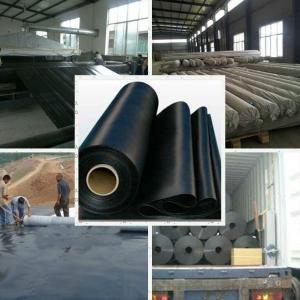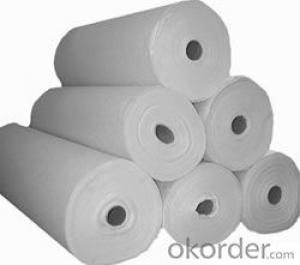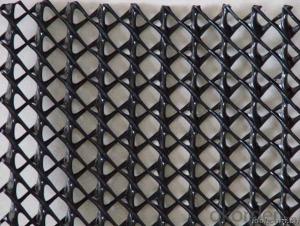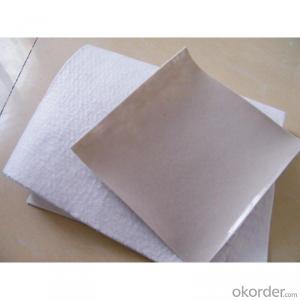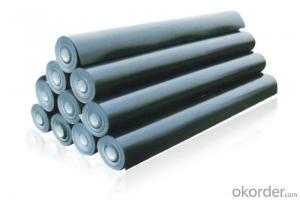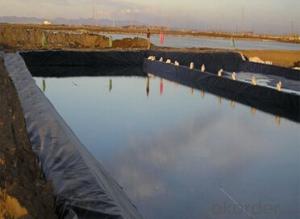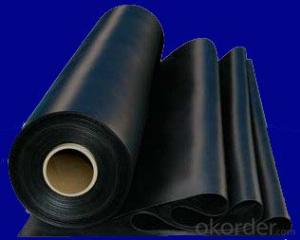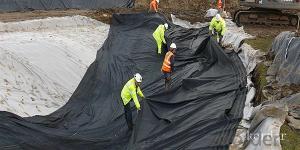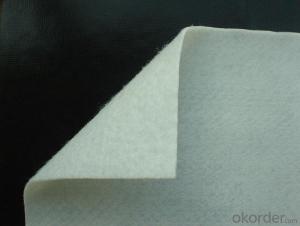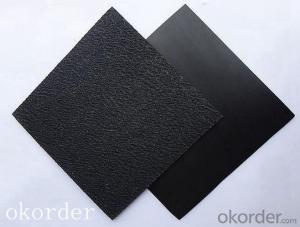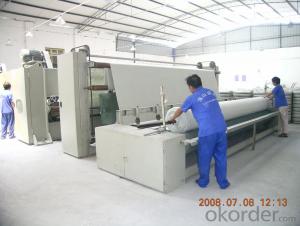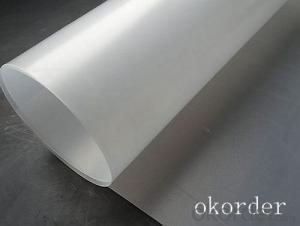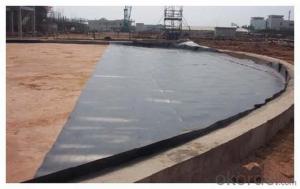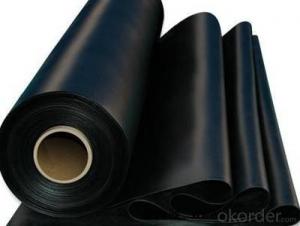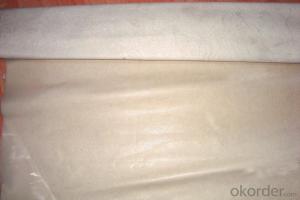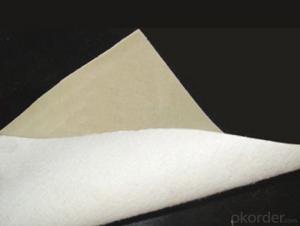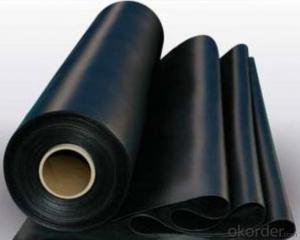All Categories
- - Steel Wire Rod
- - Steel Coils
- - Steel Profiles
- - Steel Pipes
- - Stainless Steel
- - Tinplate
- - Special Steel
- - Steel Sheets
- - Steel Rebars
- - Steel Strips
- - Hot Rolled Steel
- - Cold Rolled Steel
- - Pre-painted Steel
- - Seamless Steel Pipe
- - Welded Steel Pipe
- - Hollow Steel Tubes
- - Galvanized Pipe
- - Stainless Steel Coil
- - Stainless Steel Sheet
- - Stainless Steel Plate
- - Stainless Steel Strips
- - Electrolytic Tinplate Coil
- - Electrolytic Tinplate Sheet
- - Stainless Steel Rebars
- - Solar Panels
- - Solar Water Heater
- - Solar Related Products
- - Solar Inverter
- - Solar Cells
- - Solar Light
- - Solar Energy Systems
- - Solar Controllers
- - Solar Mounting System
- - Solar Pump
- - Solar Chargers
- - Fiberglass Chopped Strand
- - Fiberglass Mesh Cloth
- - Composite Pipes
- - FRP Pultrusion Profiles
- - Fiberglass Mat Tissue
- - Fiberglass Fabrics
- - Fiberglass Mesh
- - Composite Tank
- - Fiberglass Mesh tape
- - Polymer
- - FRP Roofing Panel
- - Fiberglass Roving
- - Monolithic Refractories
- - Ceramic Fiber Products
- - Refractory Bricks
- - Raw Materials For Refractory
- - Suspended Platform
- - Cranes
- - Concrete Machinery
- - Earthmoving Machinery
- - Building Hoist
- - Road Building Machinery
- - Plastic Pipe Fittings
- - Plastic Tubes
- - Plastic Sheets
- - Agricultural Plastic Products
- - Plastic Nets
 All Categories
All Categories
Q & A
What is the environmental impact of using geomembranes in various applications?
The environmental impact of using geomembranes in various applications can vary depending on several factors. Generally, geomembranes have a positive impact on the environment as they help prevent soil erosion, protect groundwater from contamination, and reduce the release of pollutants into the surrounding environment. However, the production, installation, and disposal of geomembranes can have negative consequences such as energy consumption, greenhouse gas emissions, and waste generation. Therefore, it is crucial to consider the entire life cycle of geomembranes and implement sustainable practices to minimize their environmental footprint.
What are the potential risks associated with geomembrane installation?
Some potential risks associated with geomembrane installation include improper installation leading to leaks or tears in the membrane, inadequate preparation of the subgrade resulting in uneven settling and potential damage to the geomembrane, and issues with the anchoring or securing of the membrane leading to displacement or failure. Additionally, if the geomembrane is exposed to harsh environmental conditions or chemicals that it is not resistant to, it may degrade or become less effective over time.
How do geomembranes perform in acid or alkaline environments?
Geomembranes generally perform well in both acid and alkaline environments. They are designed to be resistant to chemical degradation and can withstand exposure to a wide range of pH levels. However, the specific performance of geomembranes may vary depending on the type of material used and the specific conditions of the acid or alkaline environment. It is important to choose the appropriate geomembrane material with suitable chemical resistance properties to ensure long-term durability and effectiveness in such environments.
Can geomembranes be used for landfill capping?
Yes, geomembranes can be used for landfill capping. They are often used as a barrier to prevent the migration of contaminants from the landfill into the surrounding environment. Geomembranes act as a protective layer that covers the waste materials, preventing water infiltration and reducing the potential for leachate generation.
Wholesale Geomembranes from supplier in Angola
Our team of experts will assist you in selecting the right Geomembranes products for your specific needs and provide you with competitive pricing and timely delivery. We understand the unique challenges and requirements of the Angola market and can offer tailored solutions to ensure the success of your projects.
Whether you are working on a mining, oil and gas, waste management, or water containment project, our Geomembranes products can provide reliable and durable solutions. Our range includes HDPE (High-Density Polyethylene), LLDPE (Linear Low-Density Polyethylene), and PVC (Polyvinyl Chloride) Geomembranes, each offering different properties and benefits.
In addition to supplying Geomembranes, we also provide technical support and assistance throughout the project lifecycle. Our team of engineers can help with design, installation, and maintenance guidance, ensuring that your Geomembranes are installed correctly and perform optimally.
As a subsidiary of CNBM, we have access to a vast network of resources and expertise. CNBM is a Fortune Global 500 company with a strong presence in the building materials industry, including Geomembranes. This affiliation allows us to leverage CNBM's extensive knowledge and experience to offer you the best possible solutions.
When you partner with us for your Geomembranes needs in Angola, you can expect exceptional customer service, high-quality products, and reliable technical support. Contact us today for sales, quotes, and any assistance you may need for your Geomembranes projects in Angola.
Whether you are working on a mining, oil and gas, waste management, or water containment project, our Geomembranes products can provide reliable and durable solutions. Our range includes HDPE (High-Density Polyethylene), LLDPE (Linear Low-Density Polyethylene), and PVC (Polyvinyl Chloride) Geomembranes, each offering different properties and benefits.
In addition to supplying Geomembranes, we also provide technical support and assistance throughout the project lifecycle. Our team of engineers can help with design, installation, and maintenance guidance, ensuring that your Geomembranes are installed correctly and perform optimally.
As a subsidiary of CNBM, we have access to a vast network of resources and expertise. CNBM is a Fortune Global 500 company with a strong presence in the building materials industry, including Geomembranes. This affiliation allows us to leverage CNBM's extensive knowledge and experience to offer you the best possible solutions.
When you partner with us for your Geomembranes needs in Angola, you can expect exceptional customer service, high-quality products, and reliable technical support. Contact us today for sales, quotes, and any assistance you may need for your Geomembranes projects in Angola.
